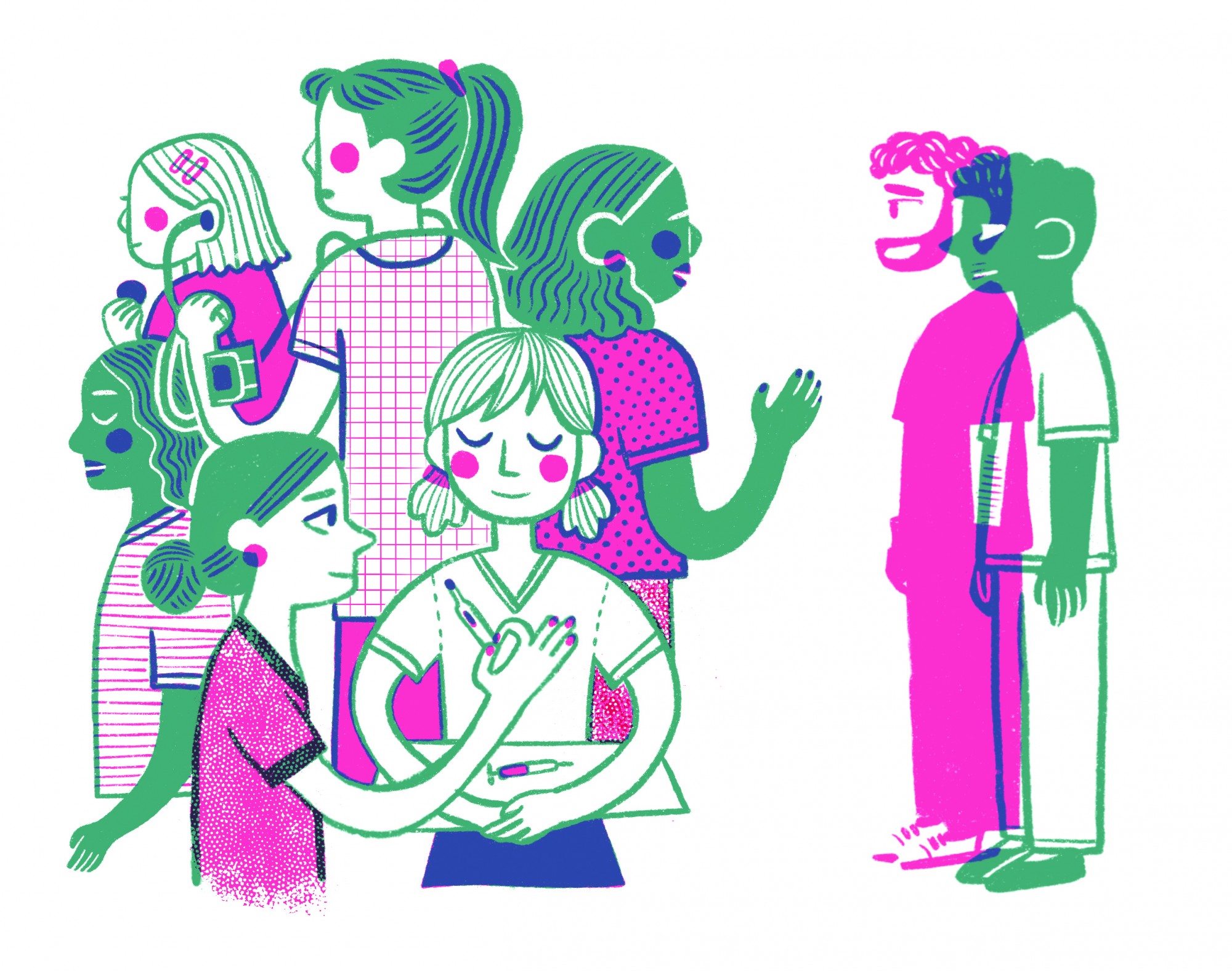A University of Minnesota sociologist co-authored a study earlier this month examining what it would take for men to do something they have historically resisted: entering female-dominated jobs.
While some male-dominated occupations, like manufacturing, have been decreasing over the years, many female-dominated jobs are increasing, said Janette Dill, a professor in the School of Public Health and co-author of the study. Female-dominated jobs — such as nurse practitioners, health aides and medical assistants — are among the fastest growing jobs in the United States, according to the U.S. Bureau of Labor Statistics.
Despite this, there has not been an influx of men entering these positions, according to Dill.
“Since women started entering the labor force in the 1970s, women have gone into lots of jobs that were dominated by men,” Dill said. “But we haven’t seen any of the reverse where we have men going into female-dominated jobs in large numbers.”
Over the past decade at the University, female enrollment in the College of Science and Engineering, a college with a male student majority, has gone up by 40 percent, according to data from the Office of Institutional Research. By contrast, the College of Education and Human Development, which is female-dominated, has seen an approximately 8 percent increase from 2009 in male enrollment.
Social stigma, lower pay
According to Dill, social stigma is a major deterrent to doing female-dominated work.
Men experience labor markets differently than women, said Colleen Flaherty Manchester, a professor in the Carlson School of Management. Where men can be perceived as competent and likable, women experience the opposite when trying to apply for a male-dominated occupation.
“Men are perceived as the traditional gender role as the breadwinner, and women are more constrained by the gender-based social role of caregiver,” Flaherty Manchester said.
Because men do not want to be viewed as feminine or weak, they may be less likely to take feminized jobs, Dill said, adding that many of those jobs also pay less.
What it takes for male integration
In their study, Dill and Jill Yavorsky — a sociologist at the University of North Carolina — asked whether unemployment would make men more likely to do female-dominated work.
“We really wanted to know whether an economic strain or economic push would cause them to … do this thing that men historically have been resistant to do,” Dill said.
They found that men who were unemployed were more likely to go into female-dominated jobs.
Without an economic disruption “to ‘shock’ men into considering female-dominated jobs as a potential option,” many men were less likely to consider shifting to a female-dominated occupation, the study says.
According to Dill, those who did make the shift experienced a pay bump. “It’s not that these female-dominated jobs are paying so well. It’s probably that men are just not willing to take them unless it comes with a little bit of a pay bump,” she said. “Men, they don’t want to take these jobs, so there has to be a little extra incentive.”
If wages in female-dominated jobs increased, they would become more desirable and less stigmatized, Dill said. However, regardless of male integration, there are reasons these wages should increase.
“They’re among the fastest growing jobs in the United States. Female-dominated, healthcare jobs make up about half the list [of the fastest growing jobs in the U.S.],” she said. “These jobs are in demand. These workers are in demand — so I think that pressure could raise wages.”














